I have some problem to get two Rx channels running on the ettus USRP B210 in gnuradio. With only one input channel it works fine and i see my signal, but when i add a second channel I only see noise. My receiving signal is at 404MHz with a bandwidth of 2kHz.
The only things I changed from the single antenna to the double antenna version is:
- Mb0: Subdev Spec A:A A:B
- Num Channels 2

